Why Leaders Need to Practice Gratitude
Gratitude.
It’s a big word that is loaded with connotations. It’s also packed with implications of guilt and obligation if we have achieved any level of success. If we are successful, our reasoning goes, we should be grateful. Practicing gratitude also feels like a luxury that’s only afforded to some people.
For Steve Gatena, founder and CEO of Pray.com, the world’s #1 app for daily prayer and faith-based audio content, gratitude is a leadership imperative. Steve and his team have built the digital destination for faith and they believe gratitude needs to be practiced daily. “I practice gratitude every day, in prayer with God, in conversations with myself, and in my talks with others. Gratitude is something I truly believe in,” said Steve during a recent conversation.
Steve first experienced the impact of gratitude in sports. “I’ve been a part of lots of championship teams,” Steve said in referencing his time as a player on the University of Southern California’s football team. “Every time you do a good job, your team celebrates you. On every championship team I’ve been a part of, we were constantly celebrating each other.”
In business however, expressing gratitude can be more difficult. “When you’re in a management role, it’s important to focus on metrics, outcomes, and the short-term,” Steve said when I asked him about the challenges facing managers. “However, junior level managers do this to the degree that they lose sight of being grateful for the people in their charge, the people they are responsible to lead,” he noted.
“Ask yourself, what if every manager you had in your career had a sense of gratitude for you?” he continued. “What would that job have been like? What would that company have been like? What would management feel like? What impact would managers have on their employees lives? What if you could come from a place of gratitude every day? What would be the result of that?” he asked rhetorically as he issued a managerial call to arms.
The benefits are many and Steve’s full story will be included in my next book, The Savage Manager, which will be released in 2023. For now, I wanted to share some of the practical benefits of adding more gratitude into your daily routine.
Benefits of Practicing Gratitude
Gratitude offers benefits at the individual, team, and organizational level. Some of those benefits are as follows:
Gratitude Motivates Your Team
It’s no secret I’m a firm believer in the power of positive psychology. My coaching work helps amplify what people do well (e.g. their strengths) while spending less time on mitigating “development areas” or whatever people want to call them. I also believe in regularly shining light on and celebrating success as well as the steps people take to achieve success; pushing themselves out of their comfort zone, taking personal risks, trying new behaviors, and showing up every day for their team. One way to do this is to practice gratitude. Gratitude for going above and beyond to ensure clients are successful. Gratitude for being there as a sounding board. Doing so goes a long way to motivate your team. Just think, who would you rather work for? A leader who constantly focuses on all of your shortcomings and how you missed the mark or someone who highlights the hard work and effort you bring to the team each and every day? It doesn’t mean that we don’t hold our teams accountable, but practicing gratitude for our team members will spark greater motivation.
Gratitude Creates a Sense of Purpose
At Pray.com, Steve and the team have institutionalized the practice of gratitude through a daily all hands meeting. As part of each meeting, they do what he calls a company “cheers.” As he explained, “Everyone gets a chance to talk and tell another person in the company what they did that resonated with one of our core values and why they’re grateful for them.” As the conversation goes around the room, each team member has an opportunity to offer a “cheers” to a teammate while ensuring it connects back to one of Pray’s values; Devotion, Research, Empathy, Application, and Mindset. The daily meeting helps keeps the company values top of mind and instills a greater sense of purpose in the work that they do every day.
Gratitude Helps Drive Behavior Change
Expressing gratitude is a powerful tool for motivating your fellow teammates. But, when it’s paired with an actual behavior and the outcome, it becomes a powerful tool for behavior change. I have coached leaders who cap off each week with a team or org-wide email to celebrate select team members. The emails express gratitude for the contributions made and they also highlight the behavior they want to encourage as well as the impact of that behavior. Doing so reinforces the behaviors each leader wants to amplify while providing a boost to team members for starting to express that behavior.
Gratitude Lowers Stress and Anxiety
Practicing gratitude also offers health and wellness benefits. As Steve said during our interview, “It’s almost impossible to have a high level of stress or anxiety if you have a high level of gratitude.” The science supports Steve’s bold proclamation. According to Psychology Today, a regular gratitude practice helps lower the stress causing hormone cortisol in our bodies by 23 percent. Given the pace of our lives and careers, anything we can do to lower our stress will support higher performance while bringing more joy to our day-to-day.
Practicing gratitude is a powerful way to drive team performance and deepen our sense of purpose while lowering our individual and collective stress. Living your life from a place of gratitude is also just a better way to live. What can you start doing today to bring more gratitude into your role as a leader?
Next Steps: Create More Impactful Leaders at Your Company
If this post resonated with you, schedule a free consulting call with our team to discuss how we can help build impactful, inspiring, and engaging leaders at your company.
Looking for Other Tips to Become a Better Leader?
If you enjoyed this post and are just beginning the journey to become a Savage Leader, you can get started by signing up for the Savage Leader Newsletter, buying the book, listening to The Savage Leader Podcast, or by downloading the free tools.


